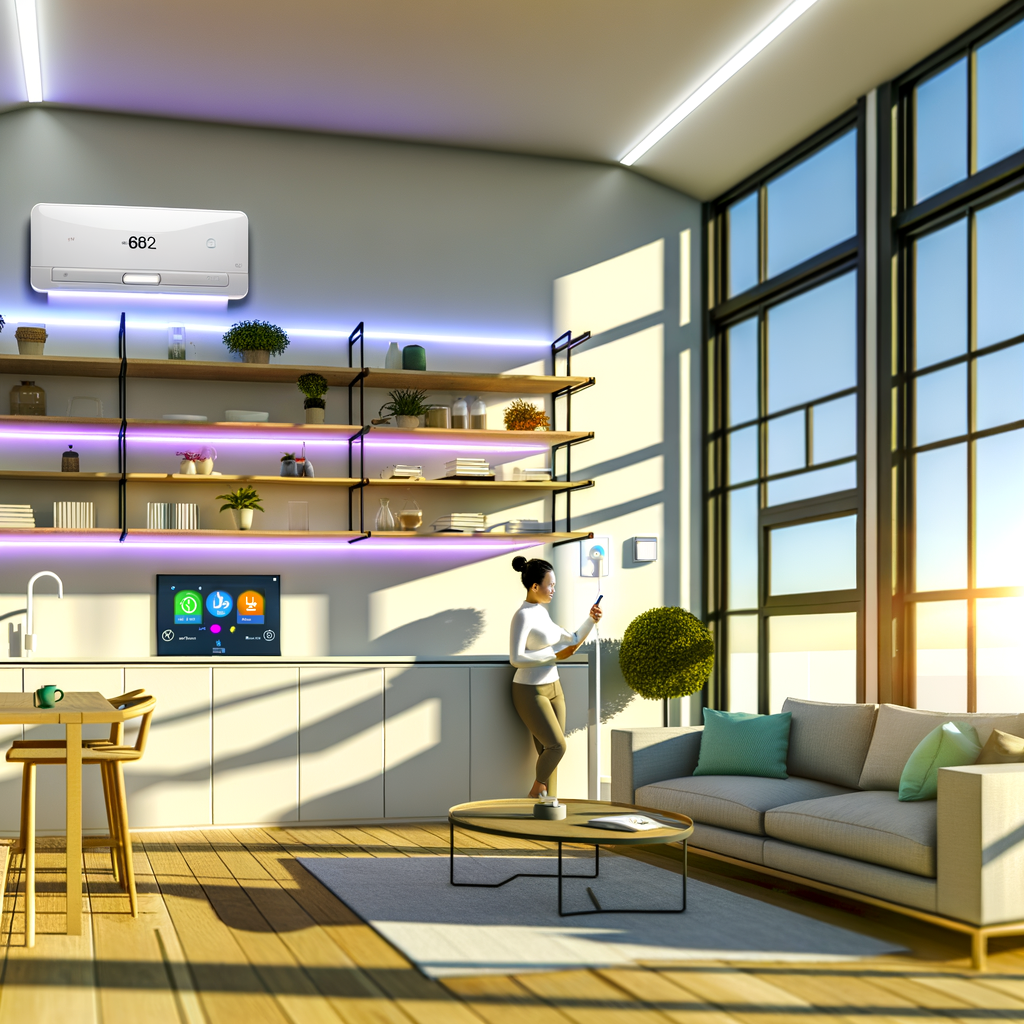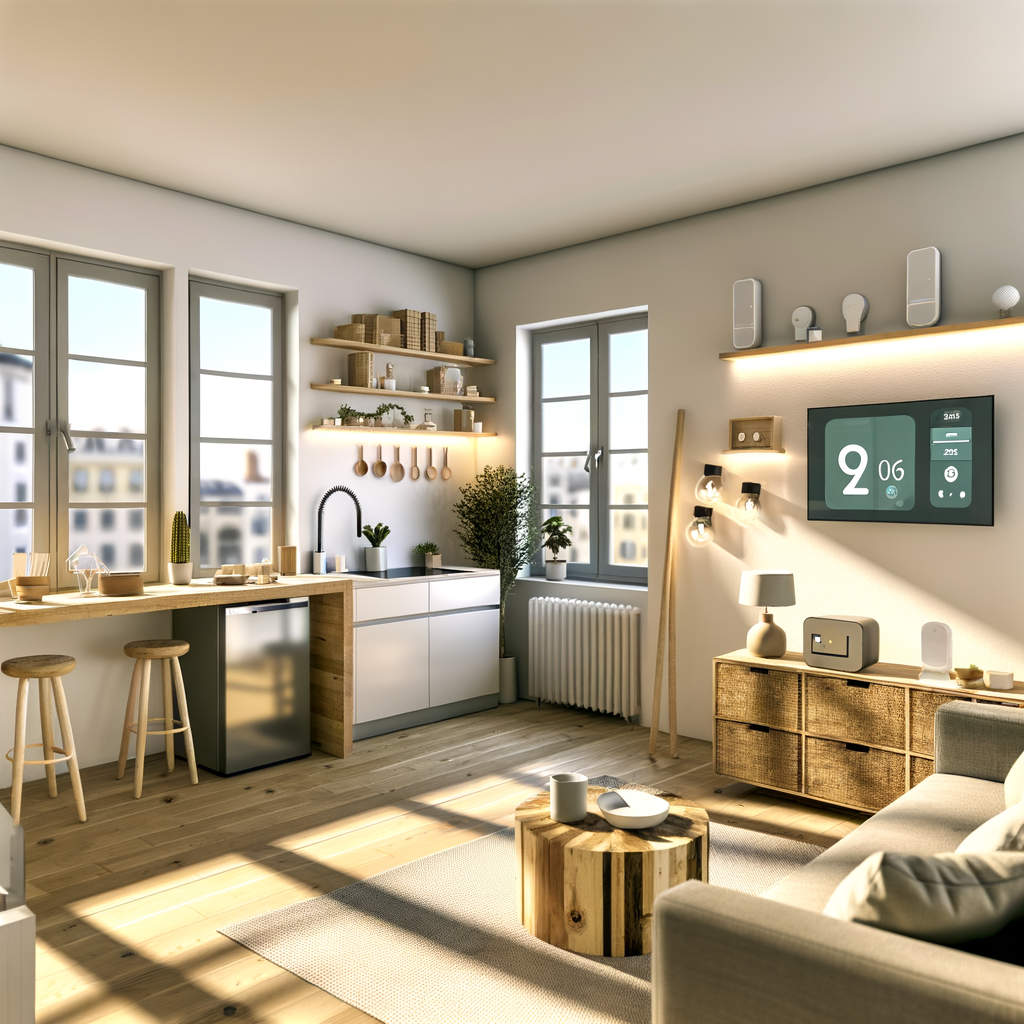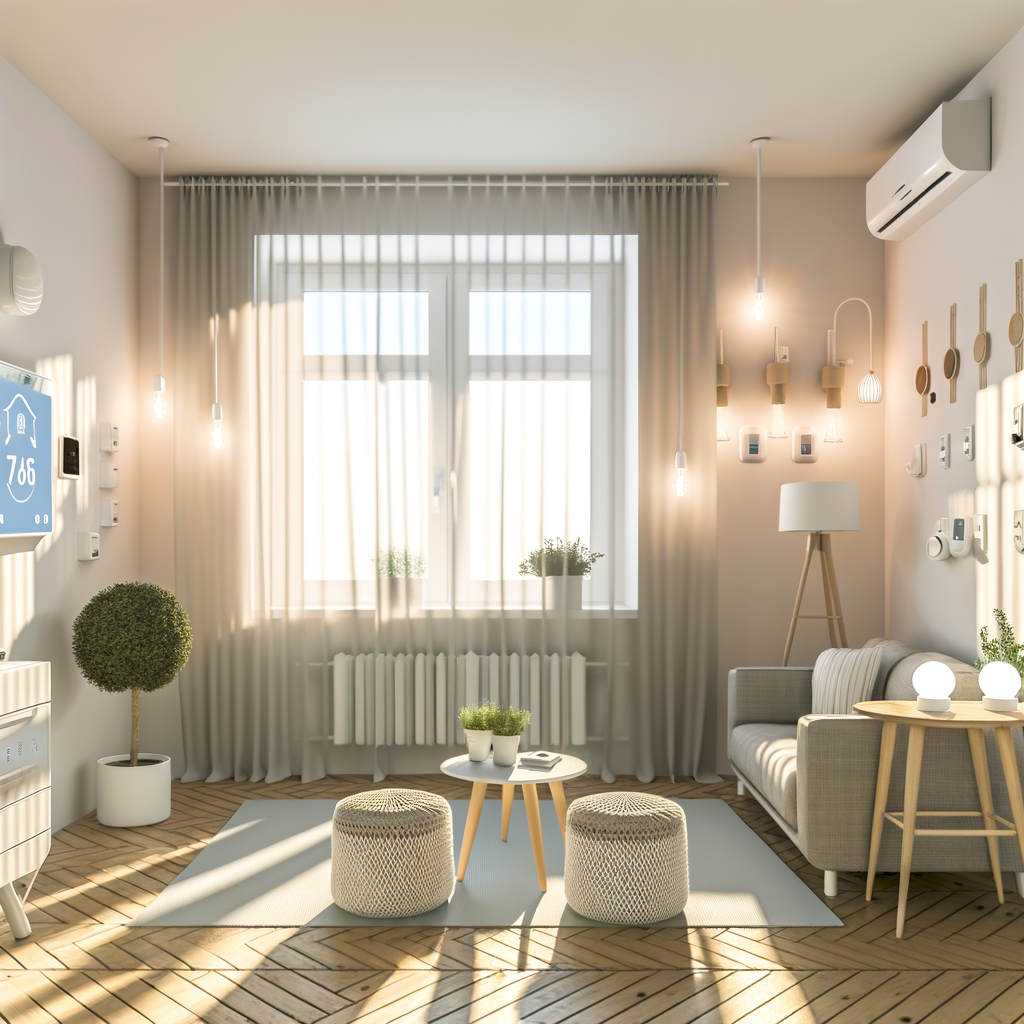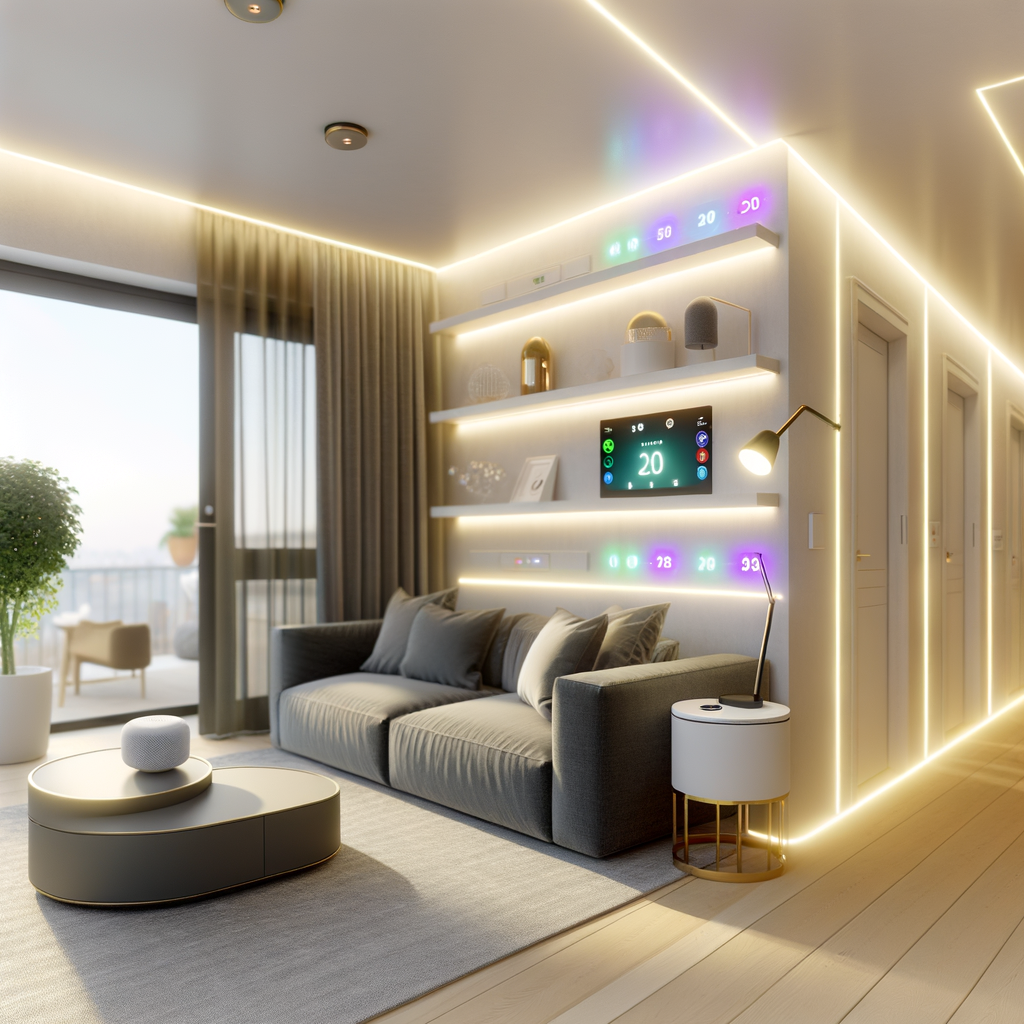How to Create a Smart, Energy-Efficient Apartment on a Renter’s Budget: 7 Simple Upgrades
Are you ready to turn your apartment into a smart, energy-efficient haven—without breaking your lease or your bank account? Even as a renter, you’re not powerless over your energy bills. With a few affordable gadgets, sustainable swaps, and strategic habits, you can slash your utility costs, shrink your carbon footprint, and enjoy the comfort and convenience of a “smart” home. Here are seven simple, landlord-friendly upgrades to get you started.
1. Install Smart Plugs and Power Strips
Phantom power—the electricity used by devices in standby mode—can account for 5-10% of your electricity usage. Renters can’t rewire their apartments, but you can connect your devices to smart plugs or advanced power strips. These tools let you cut power to electronics when they’re not in use, either on a schedule or via your smartphone.
- Smart plugs: Plug them into your existing outlets, then add lamps, TVs, game consoles, or fans. Use the app or a voice assistant (like Alexa or Google Assistant) to turn devices on or off remotely.
- Advanced power strips: These automatically shut off power to peripheral devices (like speakers or printers) when you turn off a main device (like your PC).
Benefits for Renters
- Zero installation: No tools required. Just plug and play!
- Removable: Take them with you when you move.
- Instant savings: Notice lower bills immediately with minimal up-front cost.
2. Switch to LED Lighting
If your apartment still has incandescent or CFL bulbs, it’s time to upgrade to LED. LED bulbs use at least 75% less energy, last up to 25 times longer, and give off less heat. Plus, many LEDs today are “smart bulbs,” which means you can control brightness, color, and scheduling from your phone.
- Buy only what you need: Swap bulbs you use the most (kitchen, living room, bathroom) to see the biggest impact.
- Look for ENERGY STAR: These certified bulbs deliver the best in efficiency and quality.
- Explore smart LEDs: Pick bulbs compatible with popular systems (Philips Hue, Wyze, LIFX, or Sengled) for extra control.
Pro Tip
Ask your landlord if you can make the swap. Most welcome the improvement! Store old bulbs to reinstall when you move out, if needed.
3. Add a Smart Thermostat (No Wiring Needed!)
Traditional wired thermostats are often off-limits for renters, but you can still enjoy energy savings and remote control. Products like the Amazon Smart Thermostat or Heat/AC “learning” controllers (such as Sensibo or Cielo) can work with portable ACs, window units, and mini-splits—no rewiring required.
- Infrared controllers: These devices attach near your AC or heater and mimic the commands of your remote. Program schedules, geofencing, or eco-modes for better climate control.
- Zone control: Adjust the temperature only in the rooms you use, saving money and energy.
Why Smart Climate Control Matters
- Reduce unnecessary heating/cooling: Automate comfort based on time of day or occupancy.
- Lower utility bills: Reduce heating and cooling costs, which can make up 40-50% of your energy usage.
4. Use Removable Window Insulation Solutions
Windows are a leading source of heat gain in summer and heat loss in winter. Renters usually can’t replace them, but temporary window insulators can help. Apply these easy and reversible tools for immediate savings:
- Thermal blackout curtains: Block sun in summer and retain heat in winter.
- Draft stoppers (“snakes”): Seal leaks at sills and door frames cheaply.
- Removable window film: Apply transparent insulating film (like 3M) for the season—it peels off without residue.
Easy Application
No nails or screws required—just adhesives or tension rods. Many solutions double as noise dampeners, too.
5. Optimize Water Use: Low-Flow Fixtures
Water heating is a sneaky energy hog. As a renter, you can still trim water waste with simple upgrades at the faucet. Most apartment sinks and showers let you unscrew and swap out the aerators and showerheads—no plumber needed!
- Low-flow showerheads: Modern models feel just as powerful as old-school showers, using 1.5–2.0 gallons per minute instead of 2.5+.
- Aerators: Twist onto existing taps to cut flow by 20–50% with no noticeable difference when washing hands or dishes.
Why This Matters
- Save water and energy: Less hot water used means lower energy bills, too.
- Simple to reverse: Keep old fixtures and reinstall upon moving out if needed.
6. Set Up DIY Smart Sensors for Efficiency
Smart sensors add automation and insight to your energy-saving efforts. Most require only adhesive or a few screws that won’t damage surfaces. Try these renter-friendly ideas:
- Motion sensors: Trigger lights, fans, or appliances only when you’re in the room.
- Temperature or humidity sensors: Monitor problem areas—like steamy bathrooms or drafty windows—and set routines based on data.
- Water leak sensors: Place under sinks or near washing machines for instant alerts if leaks are detected (saving energy and your security deposit!).
Extra Value
- Integration with apps or smart speakers streamlines your daily routines and maximizes savings.
- Choose battery-powered or USB-charged models for easy, wireless installation anywhere.
7. Build Smart Habits with Apps and Data
Gadgets won’t save you money unless you use them wisely. One of the best “upgrades” is using smart apps and tracking your habits so you’re always on top of your consumption.
Where to Start
- Utility apps: Many providers offer usage tracking, bill forecast tools, and real-time alerts for overages or unusually high usage.
- Device dashboards: Smart lights, plugs, and thermostats come with their own analytics, showing patterns and savings.
- Calendar reminders: Set phone reminders for tasks like changing air filters, deep-cleaning fridge coils, or shutting windows before running heat or AC.
Bonus: Community Resources
Check if your city or landlord offers energy-saving rebates or free kits for renters. Many utility companies provide free smart thermostats, LED bulbs, or weatherization materials.
Frequently Asked Questions
Do I need my landlord’s permission to make these changes?
Most of these upgrades are “plug-and-play” and removable, so they don’t affect the apartment’s structure or wiring. It’s always good practice to ask before making any semi-permanent changes (like swapping faucet aerators or installing window film). Reversible improvements are usually welcomed by property managers.
Can I take these upgrades with me when I move?
Yes! The beauty of these renter-friendly solutions is their portability. Simply uninstall your gadgets and fixtures, reinstall any original parts, and you’re ready to take your energy savings to your next home.
How much can I save with these upgrades?
Savings vary widely based on your appliances and habits. However, it’s common to reduce plug load by 10–20%, lighting by 75% (per bulb), and heating/cooling by <




